From Tasting to Digesting - 2 Class 5 Worksheet EVS Chapter 3
| Table of contents |

|
| Q1: Fill in the blanks. |

|
| Q2: True/false |

|
| Q3: Write the tastes for the following food items: |

|
| Q4: Answer the following questions: |

|
Q1: Fill in the blanks.
(i) Tongue has tiny bumps on its surface called _______.
Ans: Tongue has tiny bumps on its surface called taste buds.
 View Answer
View AnswerThese bumps help us identify different tastes like sweet, sour, salty, and bitter.
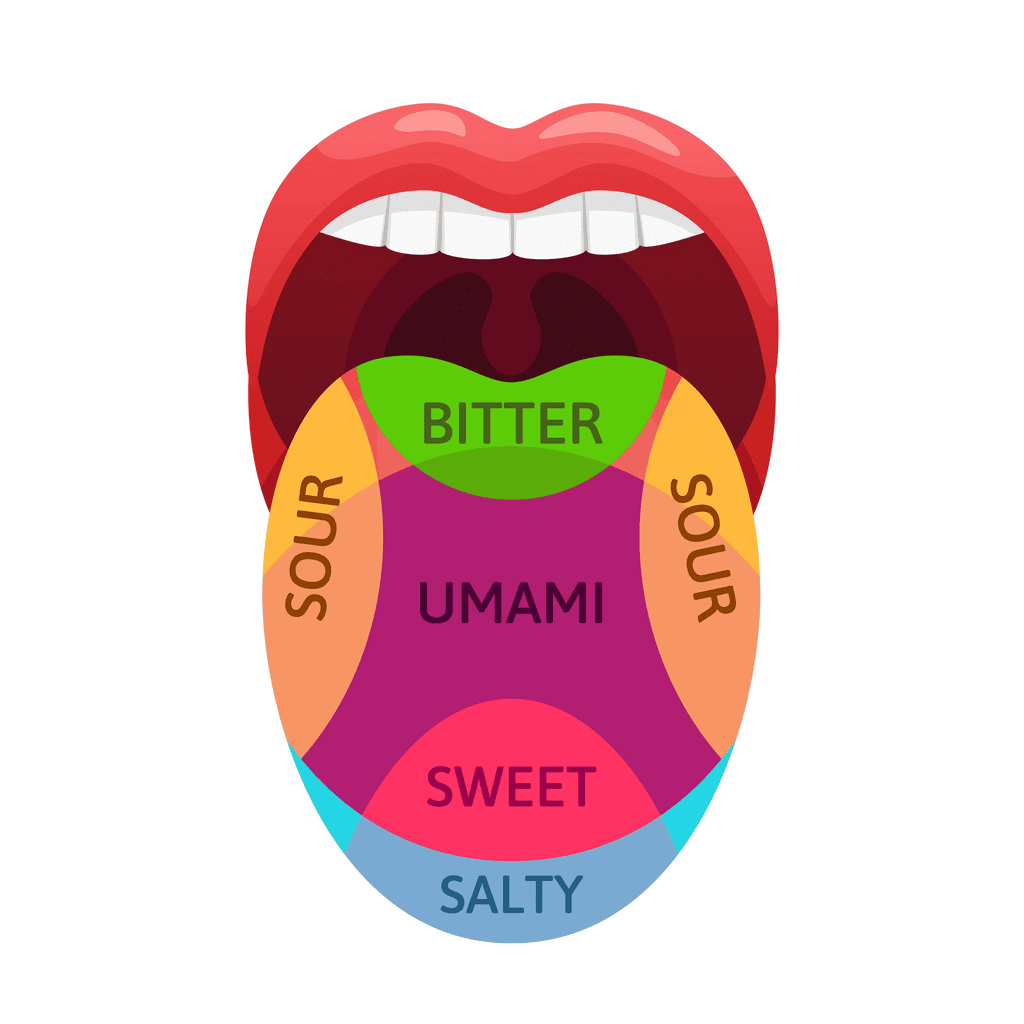 Taste Buds
Taste Buds
(ii) Always _____ the food properly to digest it well.
Ans: Always chew the food properly to digest it well.
 View Answer
View AnswerChewing breaks food into smaller pieces, making it easier to digest.
(iii) The solution of _____ and _____ is given when a person suffers from loose motions.
Ans: The solution of sugar and salt is given when a person suffers from loose motions.
 View Answer
View AnswerThis solution helps the body stay hydrated and replaces lost salts.
(iv) _______ in the stomach help the food to digest.
Ans: Digestive juices in the stomach help the food to digest.
 View Answer
View AnswerThey help break down food into smaller parts so the body can absorb nutrients.

(v) The juices in the stomach are ______.
Ans: The juices in the stomach are acidic.
 View Answer
View AnswerThis acid helps digest food and kill harmful bacteria.
(vi) In our country many people die of _______.
Ans: In our country, many people die of hunger.
 View Answer
View AnswerHunger is caused by not having enough food to eat, leading to weakness and illness.
(vii) ______ is breaking down of food which our body can use.
Ans: Digestion is the breaking down of food that our body can use.
 View Answer
View AnswerIt starts in the mouth and continues in the stomach and intestines.
(viii) The temperature of our stomach is about ______.
Ans: The temperature of our stomach is about 30ºC.
 View Answer
View AnswerThis warm temperature helps digestive enzymes work better.
(ix) The sense of taste and ______ are related.
Ans: The sense of taste and smell are related.
 View Answer
View AnswerSmelling food enhances its flavor when we eat.
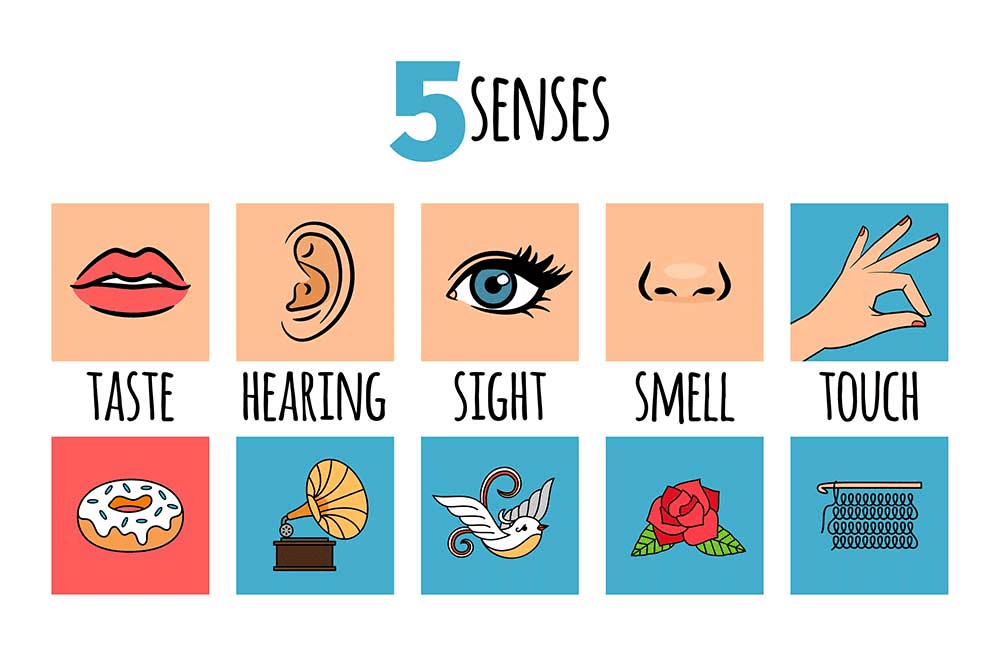
Q2: True/false
(i) We must eat proper and healthy food.
Ans: True
 View Answer
View AnswerEating healthy food gives us the energy and nutrients our body needs to function well.
(ii) The taste of jaggery is sour.
Ans: False
 View Answer
View AnswerJaggery is sweet, not sour.
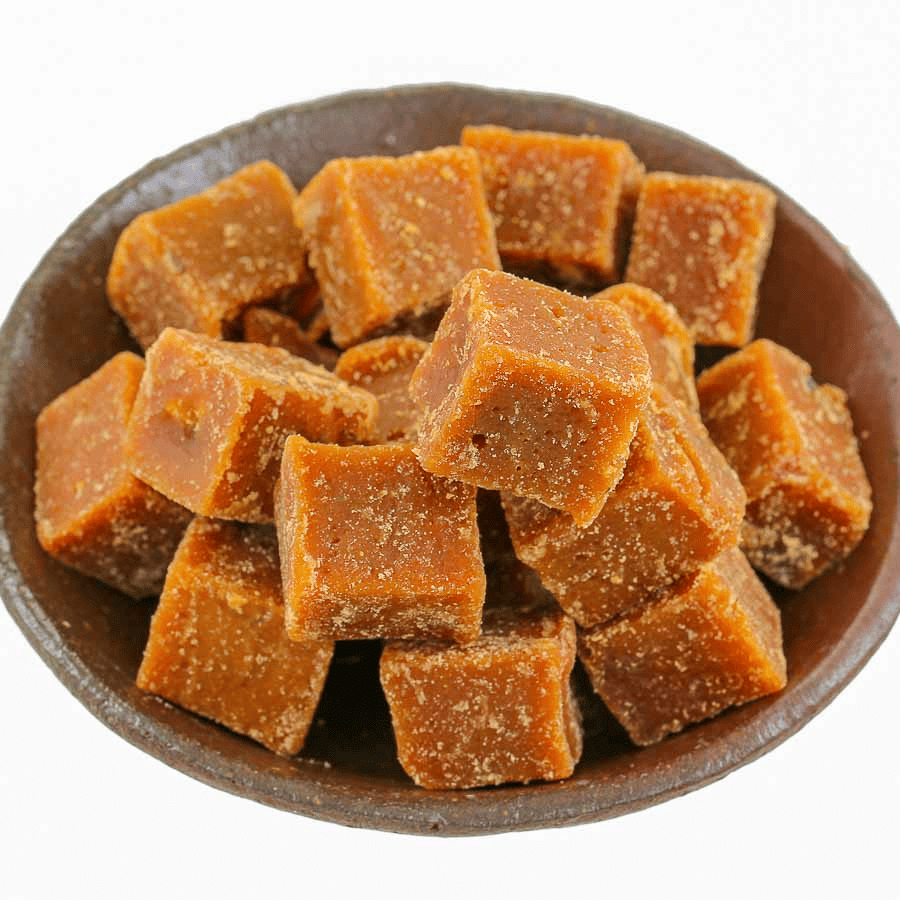 Jaggery
Jaggery
(iii) We cannot judge the food item by its smell.
Ans: False
 View Answer
View Answer- Smell helps us identify food.
- For example, we can tell if milk has gone bad by its smell.
(iv) The surface of the tongue is plain.
Ans: False
 View Answer
View AnswerThe tongue is not plain; it has tiny bumps called taste buds that help us taste food.
(v) Food digests faster in stomach than outside.
Ans: True
 View Answer
View AnswerThe stomach has digestive juices and acids that help food digest faster than it would outside the body.
(vi) Pizza and cold drink are healthy food.
Ans: False
 View Answer
View AnswerPizza and cold drinks are not healthy because they are high in fats and sugars, which can harm the body.
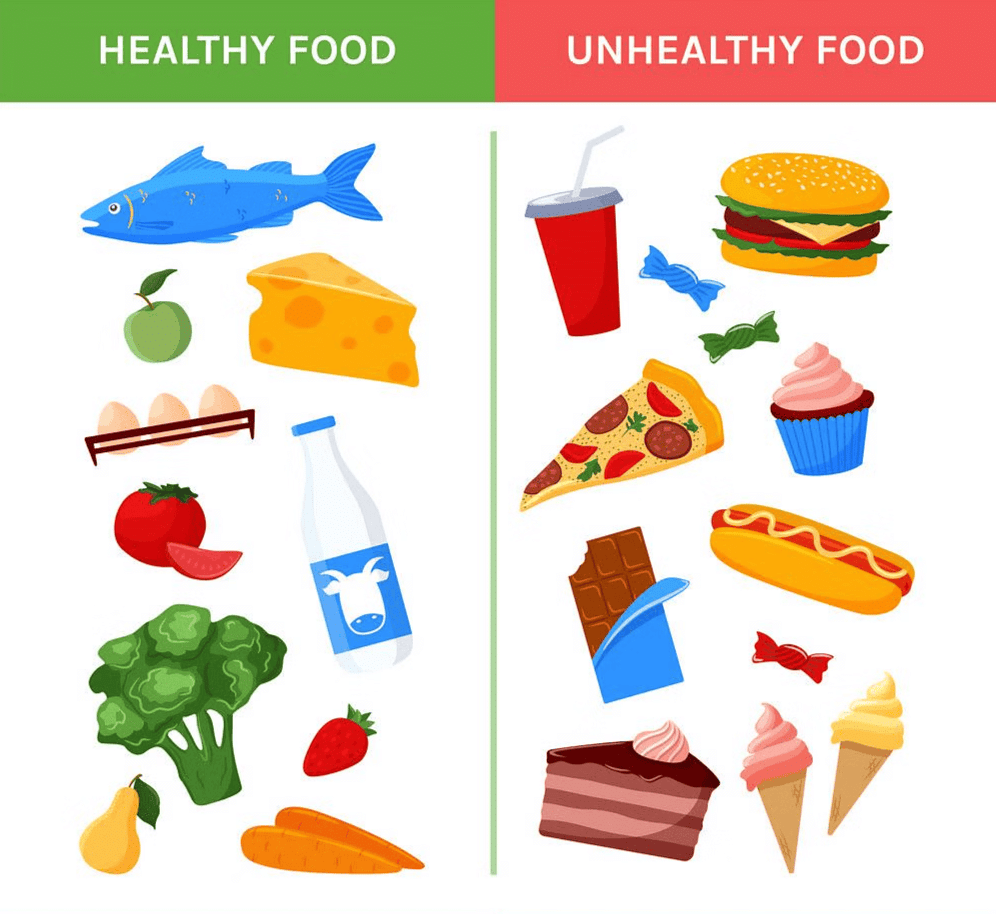 Healthy and Unhealthy Food
Healthy and Unhealthy Food
(vii) Dr. Beaumont conducted experiment on Martin`s brain.
Ans: False
 View Answer
View AnswerDr. Beaumont studied the digestive system, not the brain.
(viii) Food digest very fast when we are sad.
Ans: False
 View Answer
View AnswerDigestion can slow down when we are sad or stressed.
Q3: Write the tastes for the following food items:
(i) Jaggery
(ii) Bitter gourd
(iii) Tamarind
(iv) Chocolate
(v) Coffee
(vi) Lemon
Ans:
(i) Jaggery → Sweet
 View Answer
View AnswerJaggery is a sweet-tasting food made from sugarcane.
(ii) Bitter gourd → Bitter
 View Answer
View AnswerBitter gourd has a very bitter taste, and not everyone likes it.
(iii) Tamarind → Sour
 View Answer
View AnswerTamarind has a tangy and sour taste, often used in cooking for flavor.
(iv) Chocolate → Sweet
 View Answer
View AnswerChocolate is sweet, especially the milk or dark variety.
(v) Coffee → Bitter
 View Answer
View AnswerCoffee is bitter, especially without sugar or milk.
(vi) Lemon → sour
 View Answer
View AnswerLemon is very sour and often added to drinks or food to give a tangy flavor.
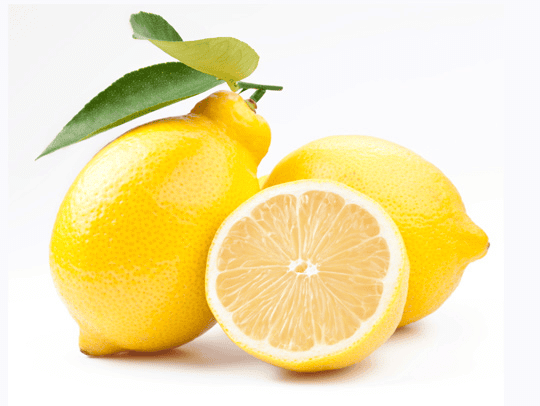 Lemon is Sour
Lemon is Sour
 |
Download the notes
Worksheet Solutions: From Tasting to Digesting - 2
|
Download as PDF |
Q4: Answer the following questions:
(i) How did Gomti`s husband die ?
Ans:
- Gomti’s husband died because of hunger.
- He didn’t get enough food for a long time, which made him weak and sick.
(ii) Which crop is grown in Kalahandi ?
Ans:
- In Kalahandi, rice is grown.
- Rice is a staple food and is grown in fields that need a lot of water.
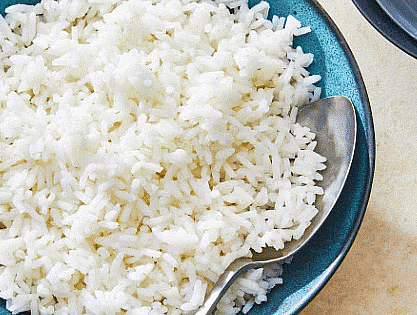 Rice
Rice
(iii) What happened to Nitu ?
Ans:
- Nitu suffered from loose motions and vomiting.
- This might have been caused by eating unhealthy food or drinking dirty water.
(iv) What are taste buds ?
Ans:
- Taste buds are tiny bumps on the tongue.
- They help us taste different flavors, like sweet, sour, bitter, and salty.
(v) What do you mean by `digestive juices`?
Ans:
- Digestive juices are liquids produced by the stomach.
- These juices help break down food into smaller parts so our body can absorb nutrients.
(vi) Why do we suffer from acidity?
Ans:
- Acidity happens when we eat heavy, oily food or stay hungry for a long time.
- The stomach produces too much acid, causing a burning sensation or discomfort.
(vii) How does a person feel when he is hungry?
Ans:
- A person feels tired, weak, gets headaches.
- He can become irritable when they are hungry for too long.
(viii) “Digestion begins in the mouth “. What does this mean?
Ans:
- The saliva in the mouth helps in the breakdown of carbohydrates into simpler form.
- Therefore we can say that digestion begins in the mouth.
|
38 videos|242 docs|41 tests
|
FAQs on From Tasting to Digesting - 2 Class 5 Worksheet EVS Chapter 3
| 1. What are the main stages of the digestive process in humans? |  |
| 2. How does the mouth contribute to digestion? |  |
| 3. What is the role of the stomach in digestion? |  |
| 4. Why is the small intestine important for nutrient absorption? |  |
| 5. What happens to undigested food in the large intestine? |  |

























